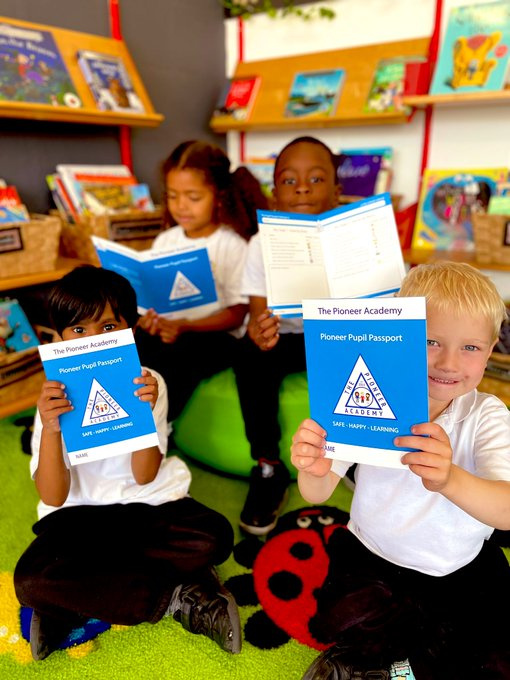
Cultural capital is a buzz term that has gained traction in the educational sphere in recent months despite the concept having been around for some time. It is generally defined as the accumulation of knowledge, behaviours, and skills that a student can draw upon and which demonstrates their cultural awareness, knowledge and competence; it is one of the key ingredients a student will draw upon to be successful in society, their career and the world of work.
Ultimately, what it means in an educational setting, and especially within primary schools, is the out of school experiences that children from more affluent backgrounds are able to take for granted. Economic capital helps procure cultural capital, and children who engage in a wider variety of extra-curricular activities tend to see the benefit in their educational attainment, and then later on in the workplace. Success, and developing children into well rounded adults, is not solely defined by parental wealth, but also involves the life experience that money facilitates.
The term cultural capital is attributed to Pierre Bourdieu, a French sociologist who developed the concept as a way of describing how power was transferred within societies, and social class structures preserved. Building up a wealth of cultural capital is hugely important for disadvantaged children if they are to have any chance of being upwardly socially mobile.
The idea of cultural capital has even become embedded in the bureaucratic framework of our education system, as the term now forms part of the Ofsted education inspection framework. The framework states that:
Inspectors will make a judgement on the quality of education by evaluating the extent to which: leaders take on or construct a curriculum that is ambitious and designed to give all learners, particularly the most disadvantaged and those with special educational needs and/or disabilities (SEND) or high needs, the knowledge and cultural capital they need to succeed in life.